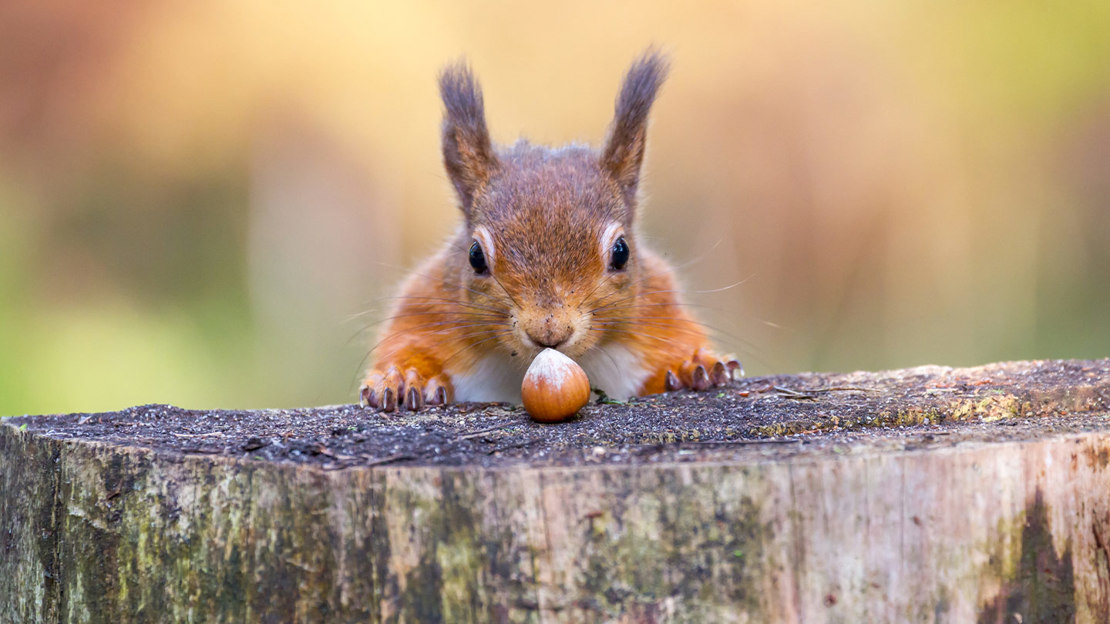Identify British trees with our free app
Get an A-Z guide of trees by downloading our free tree ID app for Android and iOS.
Download the app
Volunteer content writer
Hazel trees are a UK native species found in woodland areas, scrub land and hedgerows. If you find hazelnuts in the wild, they’ll almost certainly be young and green. This is because birds and small animals tend to take them before they can mature into the edible brown nuts we’re familiar with. But with a little extra effort, you can still enjoy these tasty treats.
Also known as filberts and cobnuts, hazelnuts begin to ripen as hazel tree leaves change colour. Most ripe nuts are found in September and October, depending on the weather.

To become edible for humans, the nuts have to grow to full maturity and dry out a bit. Once the papery outer covering starts pulling back from the nut, the hazels are safe to eat.
Since ready-to-eat nuts are tricky to track down, you can pick them when they’re green and leave them to ripen in a warm, dry, dark place, like an airing cupboard. Remember to move them often and remove the hard outer shell before eating. Please remember to forage sustainably so that plenty of nuts are left for wildlife.
For a source of ripe nuts likely to be safer from hungry squirrels, you could buy your own hazel trees.

Hazelnuts are fantastic raw as a healthy snack or chopped up and popped into salads for extra crunch. You can even grind them finely as flour for baking.
Blended into butter, they also make a delicious spread on toast or pancakes. It’s particularly good drizzled over a sliced banana too! Try our quick and simple recipe:
Transfer your delicious butter to a clean jar and store at room temperature!

Hazelnuts are an important food source for lots of wildlife. By looking at the shells and any discarded nuts on a woodland floor, you can tell a lot about which animals live there.
Both red and grey squirrels have strong jaws and can split the nuts neatly in half.

Common dormice leave a smooth, round hole in the side of the nut, with teeth marks running around the inside of the hole. This marking is so unique that it’s a method used for surveying presence of dormice in woods.
Wood mice leave teeth marks on the surface of the nut and across the edge of the hole. The hole may be either circular or ragged in shape.

Bank voles create a round hole but the teeth marks are across the edge of the shell, not on the surface. This can take them up to 20 minutes! They’ll often take the nut somewhere they feel safer, so you might discover collections of nuts under logs or leaves.
If you find irregular shards of the outer casing underneath a tree, they could have been left by birds. Woodpeckers and nuthatches will push hazelnuts into crevices to stabilise the nut so they can hammer at them more easily.
Get an A-Z guide of trees by downloading our free tree ID app for Android and iOS.
Download the app